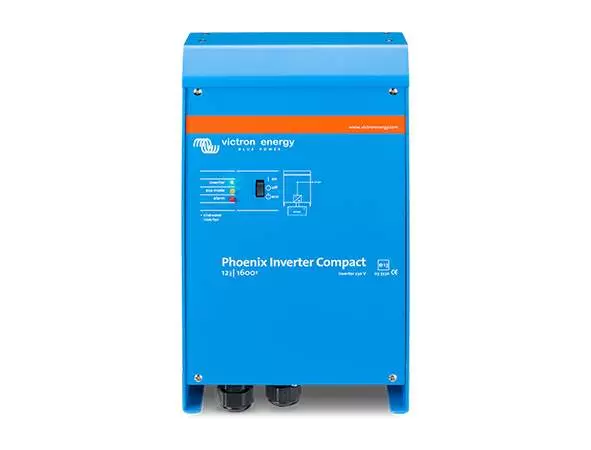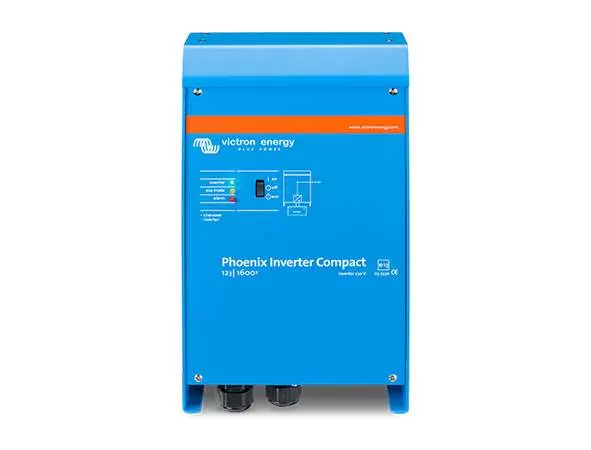Inverter of Grid Ties are an essential part of a solar power system, as they convert direct current (DC) electricity generated by the solar panels into alternating current (AC) electricity that can be used to power your home. It is essential to regularly monitor your Grid Tie Inverter performance to ensure the system is working correctly and efficiently. In this blog post, they will discuss why watching your Inverter of Grid Tie is so important and provide tips on how to do it effectively. Inverter of Grid Ties are an essential component of any solar energy system, and it’s important to monitor their performance to maximize the efficiency of your solar energy setup. With proper monitoring, you can ensure that your Inverter of Grid Tie is running as smoothly and efficiently as possible.
Save Money on Your Electric Bill
A grid-connected inverter is integral to your solar system and can help you save money on your electric bills. With a grid-tied inverter, the power produced by your solar panels is converted into alternating current that your home or business can use. This inverter sends excess energy to the electricity grid, allowing you to sell back your extra electricity and receive credits on your bill. Using a grid-connected inverter, you can take advantage of net metering programs in your area, which allow you to receive recognition for your power. With these credits, you can lower your monthly electric bills and maximize the efficiency of your solar system.
Reduce Your Carbon Footprint
By installing a grid-connected inverter, you can help reduce your carbon footprint in a big way. This type of inverter allows you to generate and store energy from renewable sources such as solar power, wind, and hydroelectricity. This means you can create and store your energy instead of relying on nonrenewable sources like coal and gas. When you have your energy source, you are using fewer resources and emitting fewer greenhouse gases, which means you are doing your part to help the environment. In addition to reducing your carbon footprint, you also save money on your electric bill since you generate your power.
 Increase the Lifespan of Your Inverter
Increase the Lifespan of Your Inverter
Monitoring your grid-connected inverter’s performance is a great way to increase the lifespan of your system. Regularly checking its power output can identify and rectify any dips or losses in power quickly. This can help prevent costly damage to the system, which any unexpected changes in voltage or current can cause. Regularly monitoring the grid-connected inverter also helps identify problems before they become too severe and any potential issues that could affect performance or longevity. Not only does regularly monitoring your inverter’s performance extend its life, but it also ensures that it is running at optimal efficiency.
Get Paid for the Power You Generate
Did you know you can get paid for the power your grid-connected inverter generates? Many countries and regions have incentives that allow you to generate power with a solar system and sell it back to the grid. This process is called “net metering”. You get paid based on the amount of energy your grid-connected inverter produces. This means you can use the solar system to reduce your electricity bill and generate extra income. The payback period for a solar system can vary based on the electricity produced, the quality of the installation, and the incentives offered in your area. It can take anywhere from several months to several years for you to recoup the cost of your solar system and start to earn money from the power generated.
Monitor Your Inverter’s Performance Remotely
Monitoring your grid-connected inverter’s performance is essential for optimizing the benefits of your solar system. With the proper setup, you can monitor your inverter’s performance remotely and stay up-to-date on the health of your solar system. This helps you get the most out of your grid-connected inverter while allowing you to track your energy production in real time. Remote monitoring of your grid-connected inverter allows you to identify potential problems and act quickly to correct them. It also lets you detect if your solar system is not running at peak efficiency, helping you save money on your electricity bill. You can also get an overview of how much power your solar system produces over time.
You can receive alerts whenever there is an issue with your system
In addition, monitoring your grid-connected inverter remotely can help you keep tabs on the health of your system, giving you peace of mind knowing that your investment is being monitored for safety and optimal performance. Additionally, you can receive alerts whenever there is an issue with your system, giving you time to take action before a problem escalates into a more significant issue. Overall, monitoring your grid-connected inverter’s performance remotely provides you with the data and insights needed to maximize the benefits of your solar system while ensuring its optimal performance.
Saving Money and Reducing Carbon Footprints with Grid Connected Inverter
Grid Connected Inverter is a great way to reduce your energy costs and carbon footprint. By using solar energy instead of traditional electricity, you’ll be able to save money on your electricity bills. Additionally, the green energy solar panels generate reduces harmful emissions released into the atmosphere. Monitoring your grid-connected inverter’s performance will help you ensure you’re getting the most out of your solar system. By understanding your system’s performance, you can maximize your savings and reduce your carbon footprint. You’ll see how much power you’re generating, what kind of energy is being produced, and how much energy you’re using.
You can avoid costly repairs and get back to producing clean energy again
By monitoring the performance of your grid-connected inverter, you’ll also be able to identify any potential issues with your system. This could include improper wiring, component failures, or general maintenance issues. By catching these problems early, you can avoid costly repairs and get back to producing clean energy again. Not only will monitoring your grid-connected inverter help you save money and reduce your carbon footprint, but it can also increase the lifespan of your inverter. By keeping an eye on how your system is running, you can ensure it’s not being overworked or underutilized. This will help ensure that your inverter runs as efficiently as possible for years to come.
Grid-Connected Inverter for Your Solar System
A grid-connected inverter, also known as a grid-tie inverter, is an electrical device that connects a solar panel system to the primary electrical grid. This allows excess energy produced by the solar system to be sold back to the local utility company, providing homeowners with an additional source of income. The inverter also ensures that any energy needed beyond what is produced by the solar system is purchased from the utility company at their standard rate. Inverters convert the direct current (DC) from the solar panels into alternating current (AC). Grid-connected inverters are often configured with monitoring systems that can be used to track the solar system’s performance and ensure it is running at peak efficiency.
Grid-connected inverters provide several benefits to homeowners
Grid-connected inverters provide several benefits to homeowners, including lower electric bills and reduced carbon emissions. By using clean, renewable energy, they are also helping to reduce their reliance on nonrenewable energy sources such as coal and natural gas. Additionally, grid-connected inverters may qualify homeowners for various tax incentives, making them even more affordable. By installing a grid-connected inverter in their solar system, homeowners can maximize their energy savings while helping to protect the environment. The inverter’s ability to monitor and adjust production allows users to take advantage of current market prices and maximize their savings.
Conclusion
Having a grid-connected inverter for your solar system effectively reduces your electric bill, reduces your carbon footprint, and even gets paid for the power you generate. Monitoring your Inverter of Grid Tie’s performance cannot be overstated. By monitoring your Inverter of Grid Tie’s performance, you can ensure that it is operating efficiently and safely and identify any potential issues before they become serious.
Related Websites:
Articles on Blogshunt
Articles on tbablogs
Articles on Blogspeoples
Articles on Thebigblogtheory
Articles on Allcityforums

